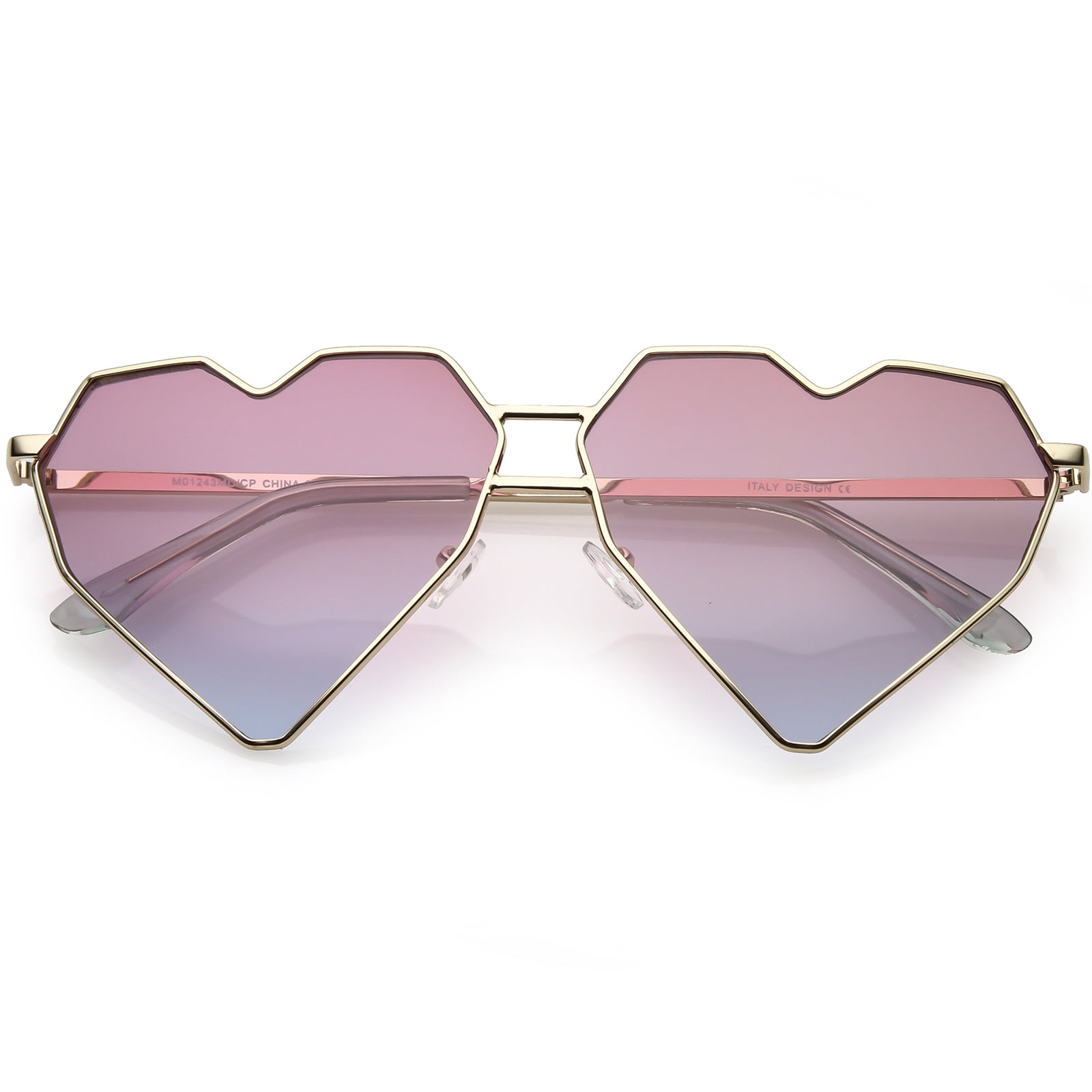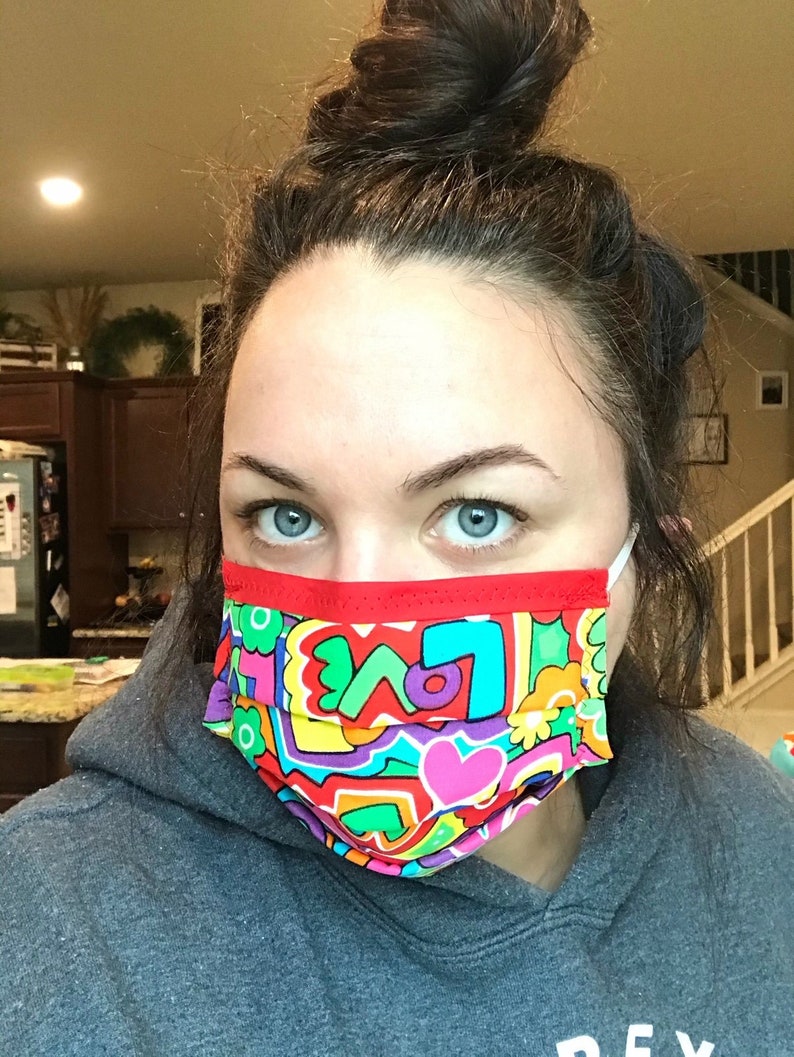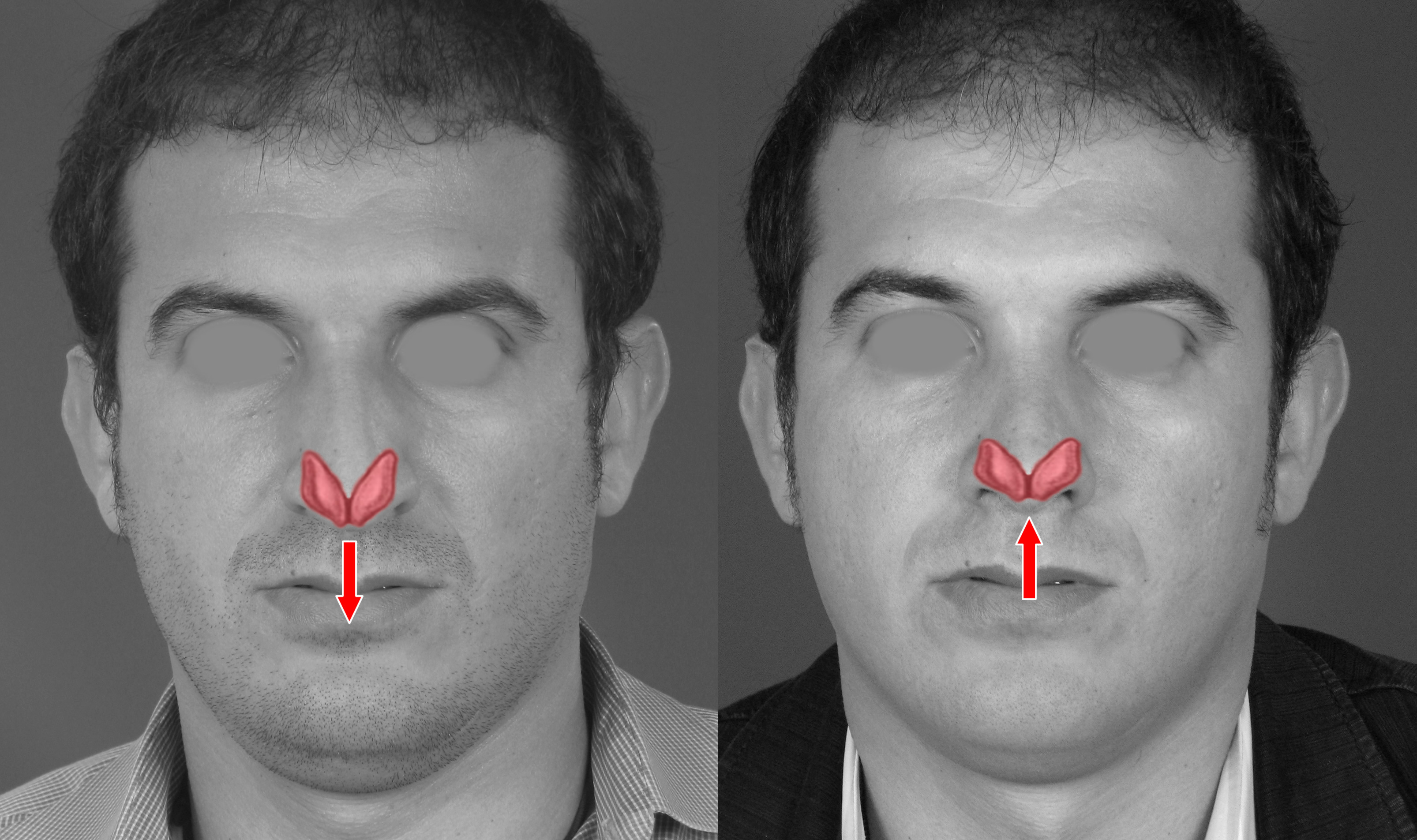
Shuffle the cards, and while you’re still outdoors, mark on the back what colors you think they are.
Blue tinge on bridge of nose full#
Take them into full moonlight (this Tuesday) and let your eyes adjust (it takes about 30 minutes). Paint a set of separate, matching, unmarked color swatches or find some construction paper at about the same value. Here’s how you can test how your cones actually respond to color in moonlight. Any moonlight painting is an attempt to translate a “rod experience” into a “cone experience,” an image that will be seen in a brightly lit environment. Each of us is also trying to make a subjective aesthetic statement intended to evoke a particular mood or emotion. We may try to convey our actual optical sensations, but we’re not scientists. Every artist has to work from memory and imagination. Did he really see such colors in moonlight, or did he invent them for pictorial effect? Too bad he’s not here to ask.ĭirect plein-air painting is virtually impossible in moonlight. He painted the yellow moonlight, the reddish cupula on the barn, the deep blue of the sky, and the orange color on the shadow side of the house. Maxfield Parrish rendered this moonlight scene with quite a bit of color saturation. But how much variation in color can we really see? In fact, contrary to what some authorities have claimed, most people’s cones can make basic color judgments by the light of a full moon. I said earlier that our cones are barely functioning in moonlight. When you look directly at the words, the blind spots get in the way. But reading normal size text is almost impossible. If you take a book or newspaper outdoors in moonlight, you can see that there is writing on the page, and you might be able to read headlines or other large type, especially when you glance around with your peripheral vision. Unfortunately the cones are located on the fovea, the centerpoint of vision, and with them off-line in the darkness, we just can’t sort out small details. One of the reasons for softening the edges is that we depend on the cones for fine discrimination of edges. The detail is blurred throughout, even in the areas where the bridge appears against the sky, setting up for the tiny sparkles of light in the distance. This famous nocturne by Whistler of the Battersea Bridge uses a fairly saturated blue-green color, especially in the water and in the silhouetted figure. Except for the light saddle cover, Remington has left most of the edges soft and undefined, especially on the donkey on the right. These luminous shadows lighten and liven the obscurity. The cast shadow to the left of the pony’s nose is composed of dull umbers and greens.

This lightening of darks was also a feature of Remington’s nocturnes. He doesn’t show very much detail, and he stops well short of black in the shadows. The sky, the water, and the shadows all sink into blue-green tones. Russian seascape painter Aivazovsky painted this night scene lit by a golden moon. All you really see clearly are the silhouettes of the sail and the boat on the water. Notice that there isn’t much detail in the shadow area. It’s fairly gray, with just a hint of warm color around the moon.

As you look at them, consider your own perception of the colors at night, and ask yourself which of the paintings best convey your own experience. Let’s look at some paintings by master painters of moonlight. If moonlight is just gray-colored light, and if it’s close to the minimal threshold of our color receptors anyway, then why do so many artists paint moonlight as bluish or greenish? Do we really see it that way? Is it some kind of illusion, or perhaps is it just an artistic convention? These facts added together suggest a mystery at the heart of how we as artists choose to portray moonlight in paintings.

In fact, scientific instruments have shown that the light from the moon is very slightly redder in color than direct sunlight. There’s nothing in that interaction to give the light a bluish or greenish quality. Moonlight is simply the white light of the sun reflecting off the gray surface of the moon.

Rods detect relative lightness and darkness, but they are entirely color-blind. In moonlight the other retinal cells called rods are doing most of the work. It’s so dim that the color receptors in our retinas, called the cones, can barely function. Moonlight is about 400,000 times weaker than direct sunlight.


 0 kommentar(er)
0 kommentar(er)
